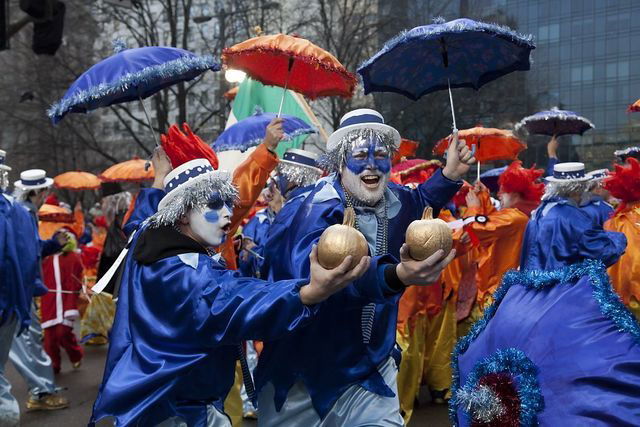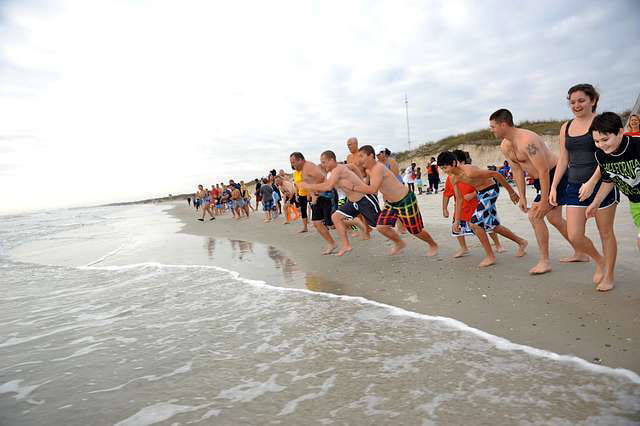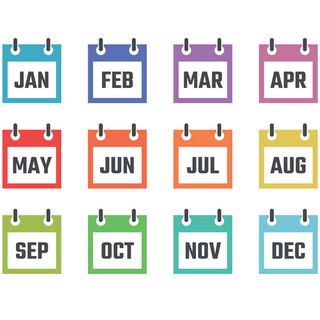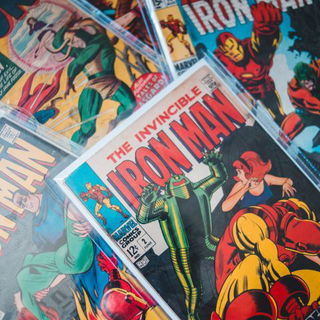- Calendar
- Calendar 2026
- January
- Holiday New Year's Day
New Year's Day
Holiday
New Year’s Day, January 1, is a federal holiday in the United Kingdom. Schools and most businesses are not open. It is normally a day to clean up after the night’s festivities, so roads may still be closed. Transportation runs on a holiday schedule.
New Year’s Day Traditions
Rest and Recovery
New Year’s Day is normally a day spent recovering from New Year’s Eve celebrations, which last until the early hours of the morning.
Food for Luck
Families and friends may have meals together. Certain foods are eaten for good luck: pork, as pigs are said to represent plenty and moving forward; black eyed-peas, included in dishes such as Hoppin’ John, a southern dish, because the roundness of the peas stands for a complete year and money; cabbage, which also means prosperity.
In ancient Rome, on New Year’s Day, according to McClintock and Strong’s Cyclopedia, people “gave themselves up to riotous excess and various kinds of heathen superstition.”
Resolutions
A very popular custom is to make resolutions - promises to improve oneself during the new year.
Common resolutions are losing weight, giving up smoking or other bad habits, and doing more exercise. However, most people fail to follow through within the first few days of the year.
Around 4,000 years ago, the Babylonians, at the beginning of each year, would crown a new king or pledge their loyalty to the reigning king. They also made promises to the gods to do such things as paying off their debts and returning borrowed items. If they kept their vows, the gods would bless them. They would gain their disfavor if they broke them.
The Romans also made similar promises to their god, Janus - the god of gateways and beginnings. Janus was two-headed, one facing backward, to the past, and the other facing forward, into the future. Julius Caesar’s calendar established January 1 as the new year in 46 BCE.

Games and Parades
Many post-season college football games take place around the country, and these are often accompanied by parades and other activities. One of the most famous parades is the Rose Bowl Parade, followed by the Rose Bowl college football game, in Pasadena, California. The Mummers Parade in Philadelphia is thought to be the oldest folk parade in America.
The Babylonians also celebrated their new year, in honor of their god, Marduk, with mummers’ plays, fertility rites, and processions.

Baby New Year
A typical symbol for the new year is Baby New Year - a baby boy wearing a diaper, a top hat and a sash with the new year written on it. He represents "in with the new, out with the old." Baby New Year grows old, into Father Time, in one year. He hands over his duties to the next Baby New Year.
For the ancient Greeks, from 600 BCE onwards, their god of wine, Dionysus, was reborn at the beginning of the year. He was a symbol of fertility and rebirth. To celebrate, they would carry a baby in a basket through the streets. This symbol later became Christianized. In America, it was popularized by The Saturday Evening Post’s imagery during the first half of the 20th Century.
For the first babies born on New Year’s Day, there may be prizes, gifts, and appearances in local newspapers and news broadcasts.
Church
New Year’s Day church services are commonly held. Catholics celebrate the Solemnity of Mary, to honor Mary’s motherhood.
Polar Bear Plunges
All around America, for charity, crowds of people take a swim, despite very cold water temperatures. The oldest plunge is the Coney Island Polar Bear Plunge, since 1904.


Other Celebrations
-
Jan 01 Wed
-
Apr 30 Wed
-
Sep 27 Sat
-
Dec 31 Wed
-
Jan 03 SatMahayana New Year
-
Feb 17 TueLunar New Year

New Year's Day - Next years
Friday, 01 January 2027
Saturday, 01 January 2028
Monday, 01 January 2029











